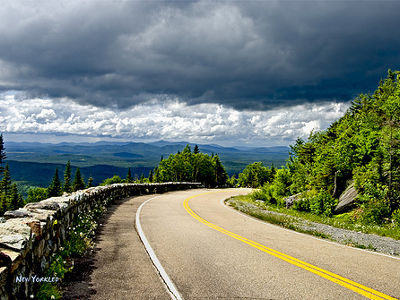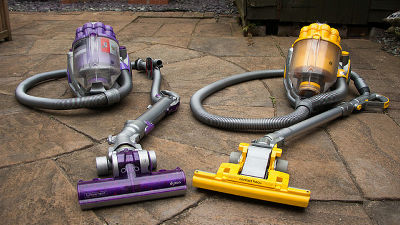What is the method of discovering the Uighur internment camp hidden by the Chinese government from satellite images?

The Chinese government is known to have built concentration camps in the
Architect Alison Killing Wins a Pulitzer for Uncovering Forced Labor Camps in China | 2021-06-28 | Architectural Record
https://www.architecturalrecord.com/articles/15203-architect-alison-killing-wins-a-pulitzer-for-uncovering-forced-labor-camps-in-china
The image below shows a part of Xinjiang Uygur Autonomous Region with a map service provided by Baidu , a major search engine in China. If you look at the map, you can see that there are parts that are painted white and the terrain cannot be confirmed.

The map below shows the same points as the map above on

According to Killing, Chinese authorities are asking Baidu to exclude strategically valuable facilities such as military and power plants from the map. Similarly, the location of the concentration camps has been removed from the Baidu map. Therefore, Mr. Killing tried to clarify the location and number of concentration camps by checking satellite images of the deleted points on Baidu's map with other map services.
When the project team led by Mr. Killing created a list of points in the Xinjiang Uygur Autonomous Region deleted from Baidu, the number of deleted points reached about 5 million points. Mr. Killing selected about 50,000 points including 'water services', 'electricity' and 'roads' required for the concentration camp from 5 million points, and narrowed down the points considered to be concentration camps while checking each satellite image. I did.
Mr. Killing, who has a qualification as an architect, fully demonstrates the 'ability to guess the purpose from the appearance of the facility' and 'the ability to drop a 2D image into 3D' cultivated as an architect to search for a concentration camp. He said he worked on. As a result, Mr. Killing had discovered 268 concentration camps by August 2020 and succeeded in discovering more than 100 new concentration camps by the time the article was written.

Megha Rajagopalan, Alison Killing and Christo Buschek of BuzzFeed News --The Pulitzer Prizes
https://www.pulitzer.org/finalists/megha-rajagopalan-alison-killing-and-christo-buschek-buzzfeed-news

'This camp exploration project has shown that people with specific skills, like me, can participate in the press to create interesting research that can't happen anywhere else,' Killing said. The project is still in its infancy, and we plan to further investigate information about the camp in the future. '
Related Posts:
in Note, Posted by log1o_hf







